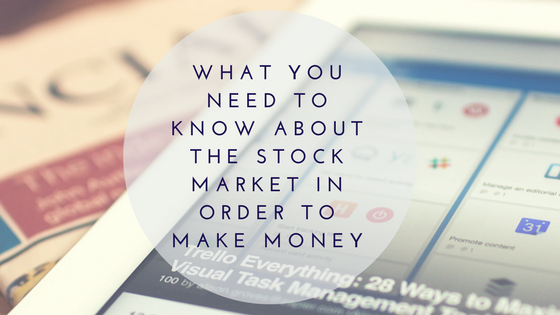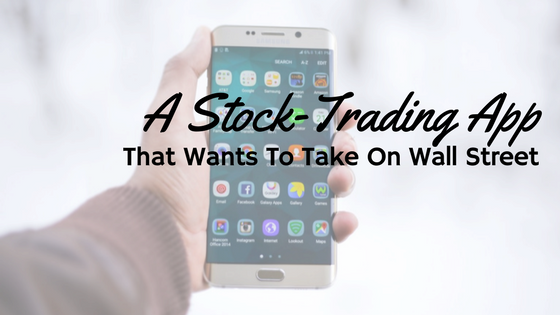
Investing in the stock market might seem scary, especially watching movies like Wolf of Wall Street.
However, the world of investing isn’t actually that terrifying and can, in fact, be an effective way to set yourself up for a comfortable financial future. Yet younger Americans are not investing as much as older generations. Waiting to invest is a pretty poor money move.
While investing can be a risky game, it isn’t nearly as complicated as one would think. Here is what you should know if you want to make money off of stocks:
Think about your timeline.
The longer you wait to save and invest, the more you’re going to lose, and the less you’re going to make. Making money in the stock market is all about maximizing the benefit of compound interest. The trick is to keep saving and investing. The more time your money has to grow, the more you’ll have at the end of the day.
Think about how much you’re investing.
The amount you earn is partially based on how much you end up investing. You don’t have to invest a lot to earn a lot. It’s simple enough to start by contributing as little as 5 percent into a 401(k) or IRA. If you’re concerned that you’ll lose your money if you do end up investing, then fret not. NerdWallet recently released an analysis of 40 years of historical returns, and discovered something pretty interesting: stock market investors had over a 99 percent chance of maintaining at least of their initial investment, the same as a traditional savings account.
Think about the return rate.
Investors had a 95 percent chance of earning nearly 3x your initial investment, compared to a less than 3 percent chance of tripling your investment as a traditional saver. While these are some pretty nice-looking odds, the ultimate rate of your money growing is out of your control. As long as your investment outpaces inflation, you’ll do well. That’s not going to happen if your money is in a bank account with low interest rates.
Think about diversity.
Putting all of your eggs in one basket is seldom a good idea, particularly in the world of the stock market. While buying a lot of stock from Blockbuster made good business sense 20 years ago, you’d be kicking yourself now. To make sure that something like this doesn’t happen to you, invest across different types of companies, industries, and companies. Start by investing in a low-cost index fund that diversifies for you, or robo-advisors that use algorithms to build and manage your portfolio.


